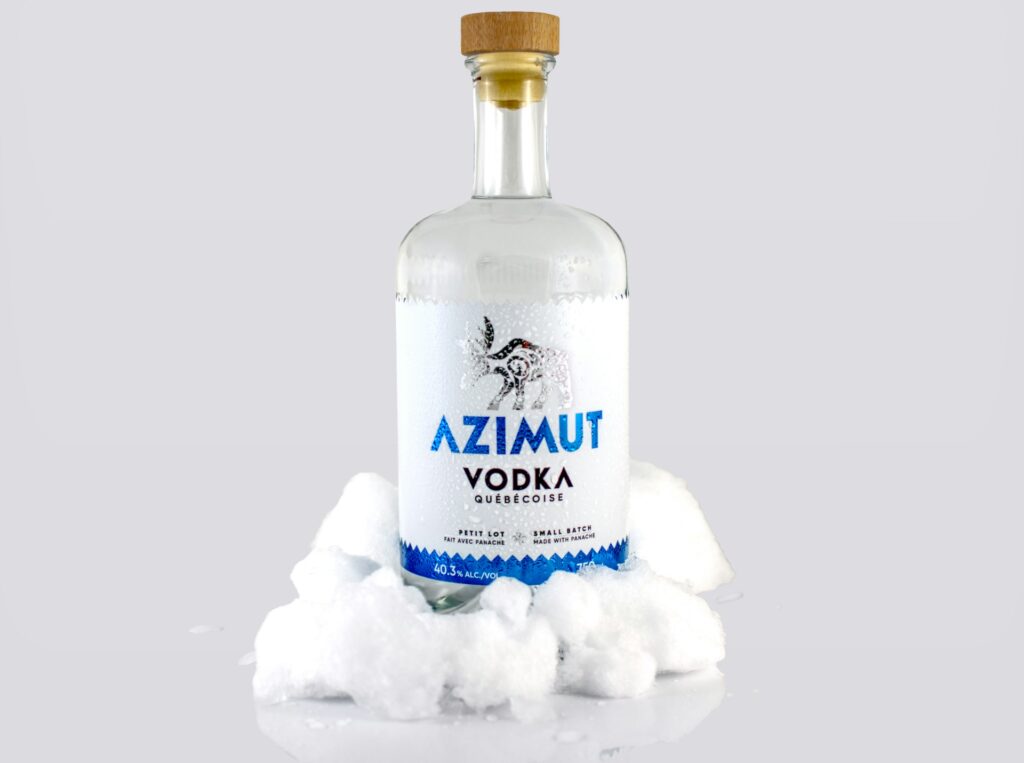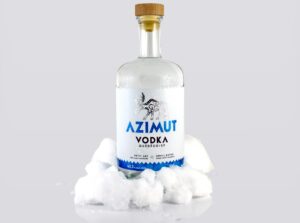Vodka is one of the world’s most popular spirits, known for its versatility and purity. While often considered a simple spirit, its production process involves several intricate steps to achieve a smooth and clean final product. This article will delve into the various stages of vodka production, from raw ingredients to distillation and bottling.
Ingredients: The Foundation of Vodka
The first step in making vodka is selecting the base ingredient, which provides the fermentable sugars. While vodka can be made from a variety of raw materials, the most common ones include:
Grains: Wheat, corn, rye, and barley are frequently used due to their high starch content.
Potatoes: This traditional base ingredient is popular in Eastern Europe.
Fruits and Vegetables: Some vodkas are made from grapes, sugar beets, or even molasses.
Mashing and Fermentation
Once the base ingredient is selected, the process of breaking down the starches into fermentable sugars begins. This stage is known as mashing and typically involves the following steps:
Milling: The raw ingredients are ground into a fine powder to increase the surface area for enzyme action.
Mixing with Water: The milled ingredients are mixed with water to create a mash.
Addition of Enzymes: Natural enzymes or added ones convert the starches into simple sugars.
Fermentation: Yeast is added to the mash, converting the sugars into alcohol and carbon dioxide. This process usually takes a few days, resulting in a liquid with a low alcohol content, often called “wash.”
Distillation: Purifying the Spirit
After fermentation, the wash is distilled to increase the alcohol content and remove impurities.
Distillation involves heating the wash to separate the alcohol from water and other compounds. Here’s how it’s done:
Heating: The wash is heated in a still, typically made of copper or stainless steel.
Separation of Alcohol: Alcohol has a lower boiling point than water, so it vaporizes first. The vapors are collected and cooled to condense into liquid alcohol.
Multiple Distillations: Vodka is often distilled multiple times to achieve a high level of purity.
Some premium vodkas are distilled three or more times for exceptional smoothness.
Removing Impurities: During distillation, “heads” (volatile compounds) and “tails” (oily substances) are discarded, leaving only the “heart,” which contains the purified alcohol.
Filtration and Bottling
After distillation, the vodka undergoes filtration to remove any remaining impurities and enhance smoothness. Filtration methods vary, but common techniques include:
Charcoal Filtration: Activated charcoal is used to absorb impurities and unwanted flavors.
Quartz Sand Filtration: This method involves passing the vodka through a fine sand layer for further purification.
Once filtered, the vodka is typically diluted with pure water to reach the desired alcohol content, usually around 40% ABV (alcohol by volume). The final step is bottling, where the vodka is placed into bottles, labeled, and packaged for distribution.
Vodka’s journey from raw ingredients to the final distilled product involves careful attention to detail and rigorous quality control. Each step, from mashing and fermentation to distillation and filtration, plays a crucial role in creating a smooth and clean spirit. Whether enjoyed straight or as part of a cocktail, vodka’s purity and versatility make it a favorite among spirit enthusiasts worldwide.
Exploring Variations in Vodka Production
The basic process of vodka production is similar across the industry, but there are variations that contribute to the distinct characteristics of different vodkas. These variations can be found in the choice of base ingredients, distillation methods, filtration techniques, and even the addition of unique flavors. Let’s explore some of the factors that lead to these differences.
Base Ingredients and Their Influence
While traditional vodkas are made from grains or potatoes, some producers use unconventional ingredients, leading to unique flavor profiles:
Fruit-Based Vodkas: These vodkas use fruits like grapes or apples as their base, offering a subtle sweetness and distinctive notes.
Vegetable-Based Vodkas: Made from ingredients like beets or corn, these vodkas can have a smoother texture and milder flavor.
The choice of base ingredient can impact not only the taste but also the texture and mouthfeel of the vodka. Potato-based vodkas, for instance, are often creamier, while grain-based vodkas tend to be crisper and lighter.
Distillation Techniques
Distillation plays a crucial role in determining the purity and smoothness of vodka. Some producers use traditional pot stills, while others employ continuous column stills. The choice of distillation equipment affects the vodka’s characteristics:
Pot Stills: These allow for more control over the distillation process, leading to richer flavors.
Column Stills: These are designed for efficiency, often resulting in a cleaner and more neutral vodka.
Additionally, the number of distillations can influence the final product. Higher distillation counts generally yield a smoother spirit, but excessive distillation can strip away subtle flavors.
Filtration Methods
Vodka filtration varies among producers, with each method contributing to the spirit’s texture and smoothness. Charcoal filtration is the most common technique, but other methods are also used:
Charcoal Filtration: This method is effective at removing impurities and producing a clean vodka.
Quartz Sand Filtration: Known for providing a silky texture, this technique helps refine the spirit.
Silver or Gold Filtration: Some premium vodkas use precious metals in their filtration process, adding an air of exclusivity and uniqueness.
Flavor Additions and Infusions
While vodka is traditionally unflavored, some producers create flavored vodkas by infusing the spirit with natural ingredients. This trend has gained popularity, with a wide range of flavors available on the market:
Citrus Flavors: Lemon, lime, and orange infusions provide a zesty twist to traditional vodka.
Herbal and Botanical Flavors: These vodkas incorporate herbs like basil, rosemary, and juniper for a unique profile.
Spicy Flavors: Infusions with chili peppers and other spices offer a bold and fiery option for adventurous drinkers.
Flavored vodkas are often used in cocktails, adding depth and complexity to classic drinks.
The Vodka Market and Consumer Preferences
Vodka’s versatility and wide range of production methods contribute to its popularity worldwide. The market offers a spectrum of choices, from premium luxury vodkas to budget-friendly options. Consumer preferences vary based on factors such as smoothness, flavor, and brand reputation.
Craft vodkas, produced in smaller batches with unique ingredients and distillation techniques, have gained a following among those seeking artisanal spirits. Additionally, the rise of eco-friendly and organic vodkas reflects a growing consumer interest in sustainability and natural ingredients.
Vodka production is a complex process that requires careful craftsmanship and attention to detail. From selecting the base ingredients to mastering the art of distillation and filtration, every step contributes to the final product’s quality and character. Whether enjoyed neat, on the rocks, or in a cocktail, vodka’s adaptability and purity make it a timeless favorite. With a range of production methods and flavor variations, there’s a vodka to suit every taste and preference.




